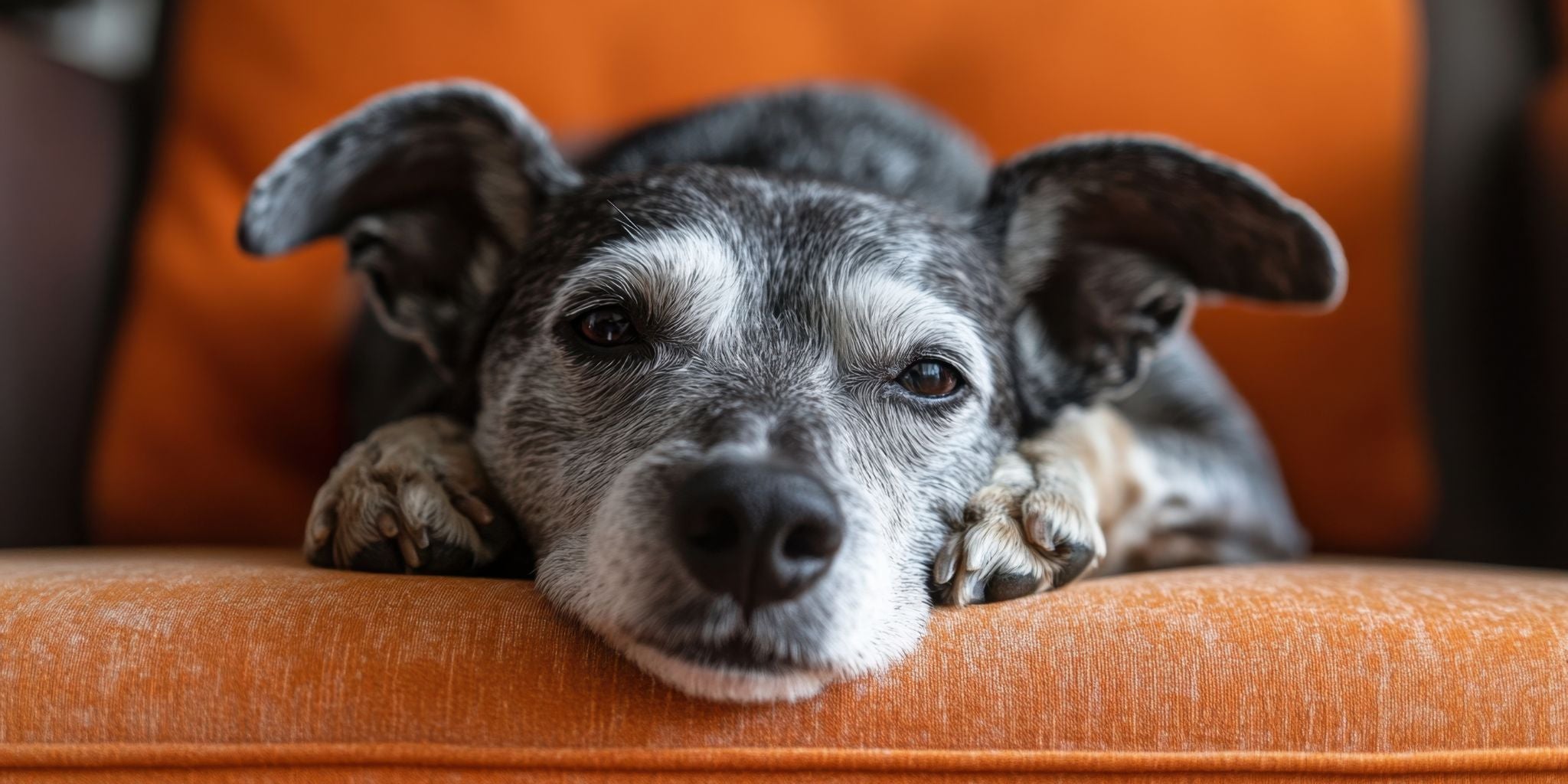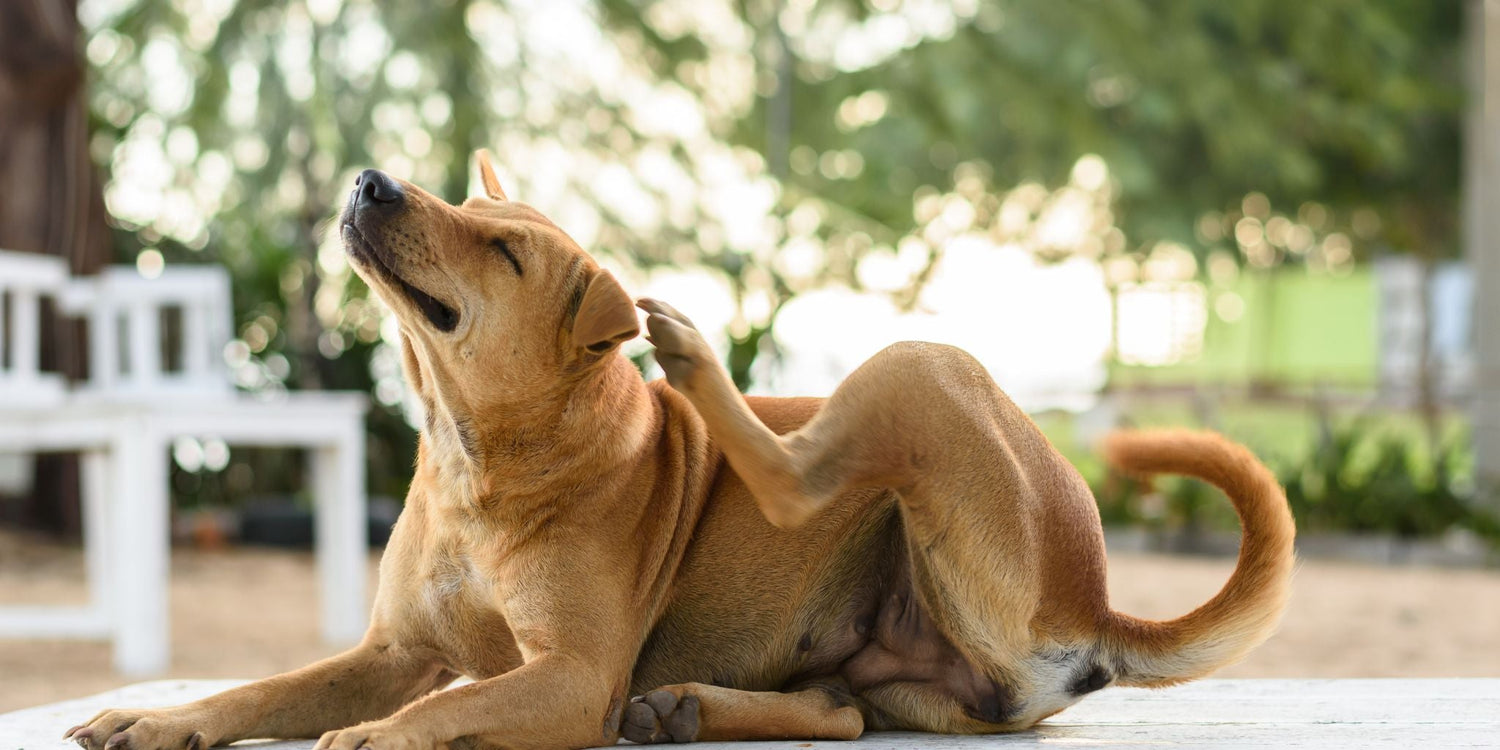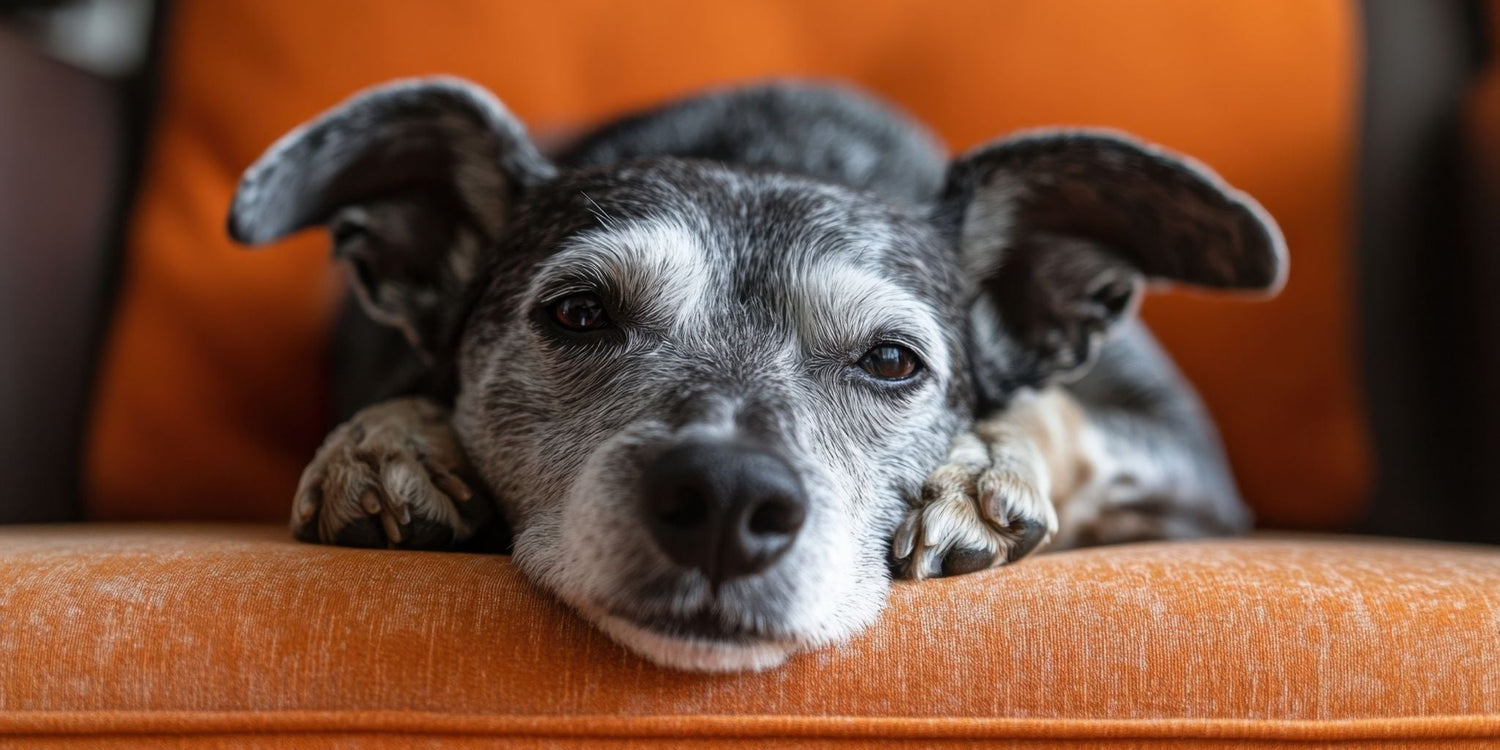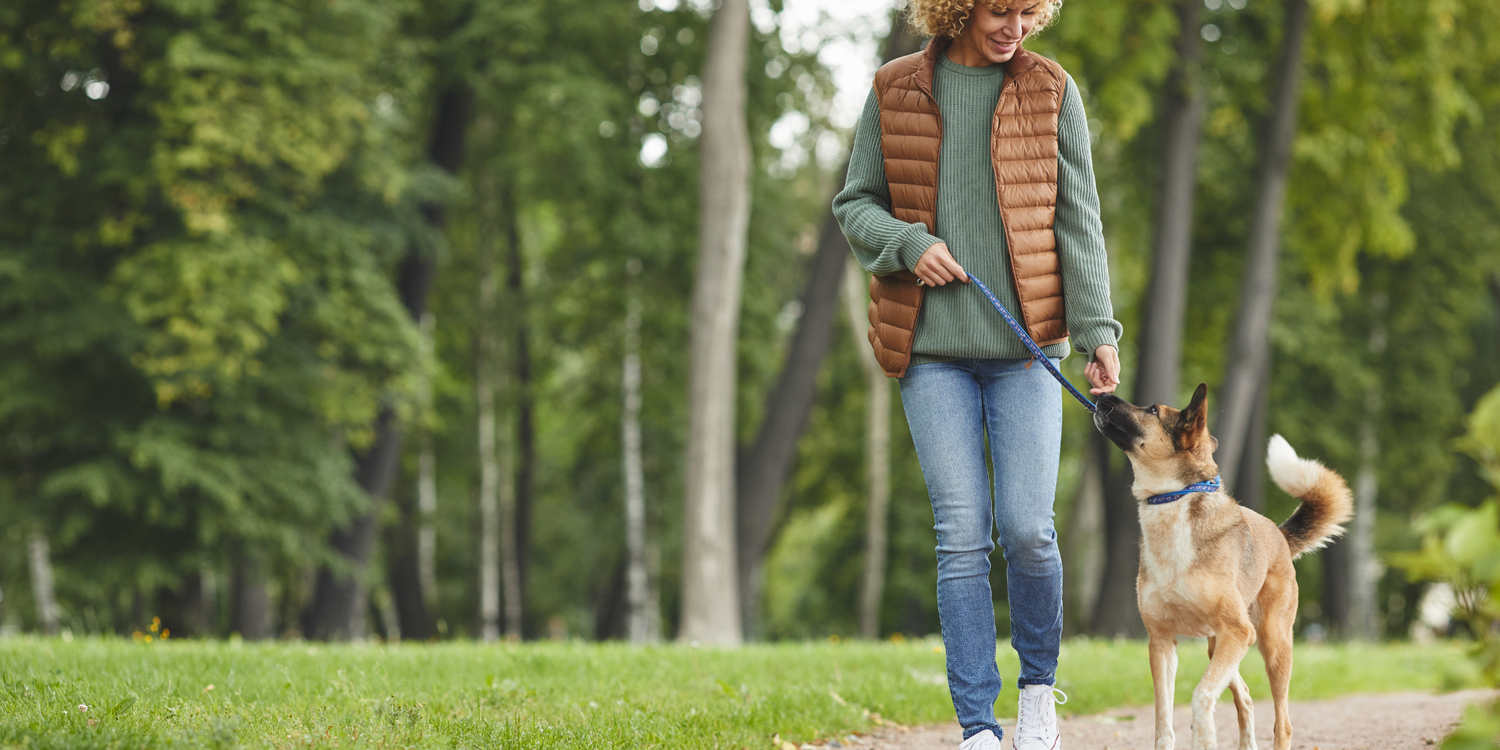Field Day resident Vet, Emily Turner unpacks How to Keep Your Dog Active in Their Senior Years
As dogs age, similar to us, they can face a variety of physical and mental challenges that may slow them down. However, keeping your senior dog active is essential for maintaining their health, happiness, and overall quality of life. Regular, controlled, physical activity helps to combat obesity, improves joint health, boosts mental stimulation, and prevents behavioral issues. Here are some ways you can help your senior dog stay active and healthy as they enter their golden years.
1. Low-Impact Exercise
As your dog ages, high-impact activities like running or jumping may become too strenuous and may have some risks to their joints. Instead, focus on low-impact exercises that are easier on their joints but still provide physical benefits. Short, gentle walks are ideal for maintaining cardiovascular health without overexerting them. If your dog enjoys the outdoors, consider taking them on shorter walks to explore their surroundings, providing both exercise and mental stimulation. Doing a daily walk for 15-20 minutes is much more beneficial than doing a walk for 60 minutes on the weekend as this can be too much for older joints and our dogs can suffer afterwards with stiff and sore joints.
2. Playtime with Modifications
Although your senior dog may not have the same energy levels as when they were younger, they can still enjoy interactive play. Adjust the intensity and type of play to suit their abilities. Opt for games like fetch with a soft toy or gentle tug-of-war. Keep play sessions brief but frequent to keep them engaged without overloading them. Mix up play sessions with short walks and mental stimulation to engage bodies and brains in our older dogs.
3. Swimming
Swimming is an excellent low-impact exercise for senior dogs. The water supports their weight, reducing stress on their joints while allowing them to work on muscle tone and cardiovascular health. If you have access to a dog-friendly pool or lake, consider incorporating short swimming sessions into their routine. Not only is it great exercise, but many dogs also find swimming enjoyable, making it a fun way to stay active. Hydrotherapy is available in many areas now and is an excellent way to get some great exercise for our older dogs with the help of a trained physio who will work within your dog’s capabilities. Swimming maintains muscle tone better than most types of exercise and this gives strength to a dog’s legs and much needed support as they age.
4. Mental Stimulation
In addition to physical activity, mental stimulation is crucial for your senior dog’s overall well-being. Engage them in activities that challenge their mind, such as puzzle toys or scent games. Hide treats around the house or yard and encourage them to use their nose to find them. These exercises can help slow cognitive decline and keep their minds sharp. Despite the saying, a dog is never too old to learn new tricks and engaging with your dog in training can really keep their minds working well and also keep the bond between dog and owner strong.
5. Joint Supplements and Additives
As dogs age, they can develop joint problems like arthritis, which can make movement painful. Joint supplements such as green lipped mussel, shark cartilage and omega 3 and 6 fatty acids can easily be incorporated into a dog’s diet and are generally well accepted and palatable. They are a great addition to a dog’s routine and diet and can be started in a dog's younger or middle years, to help prevent joint damage and maintain healthy joints for longer.
6. Frequent Vet Check-ups
Regular veterinary visits are key to keeping your senior dog active and healthy. Your vet can monitor their weight, mobility, and overall health, making recommendations for exercise routines or dietary changes. They can also identify early signs of health issues that may affect your dog’s ability to stay active. If your dog does have arthritis or other joint issues, there are many medical treatments available to help your pup feel comfortable and move more easily and without pain. Your vet would be more than happy to discuss all of the available options with you in order to formulate a health plan for your fur baby.
In conclusion, keeping your dog active in their senior years is not just about physical exercise; it's about promoting a fulfilling and comfortable life for them. With the right approach, you can help your dog maintain their strength, energy, and mental sharpness, ensuring they continue to live their best life in their later years. Regular walks, mental stimulation, low-impact exercise, and appropriate veterinary care can make all the difference in helping your senior pupper stay healthy and happy for as long as possible - something we all want!





